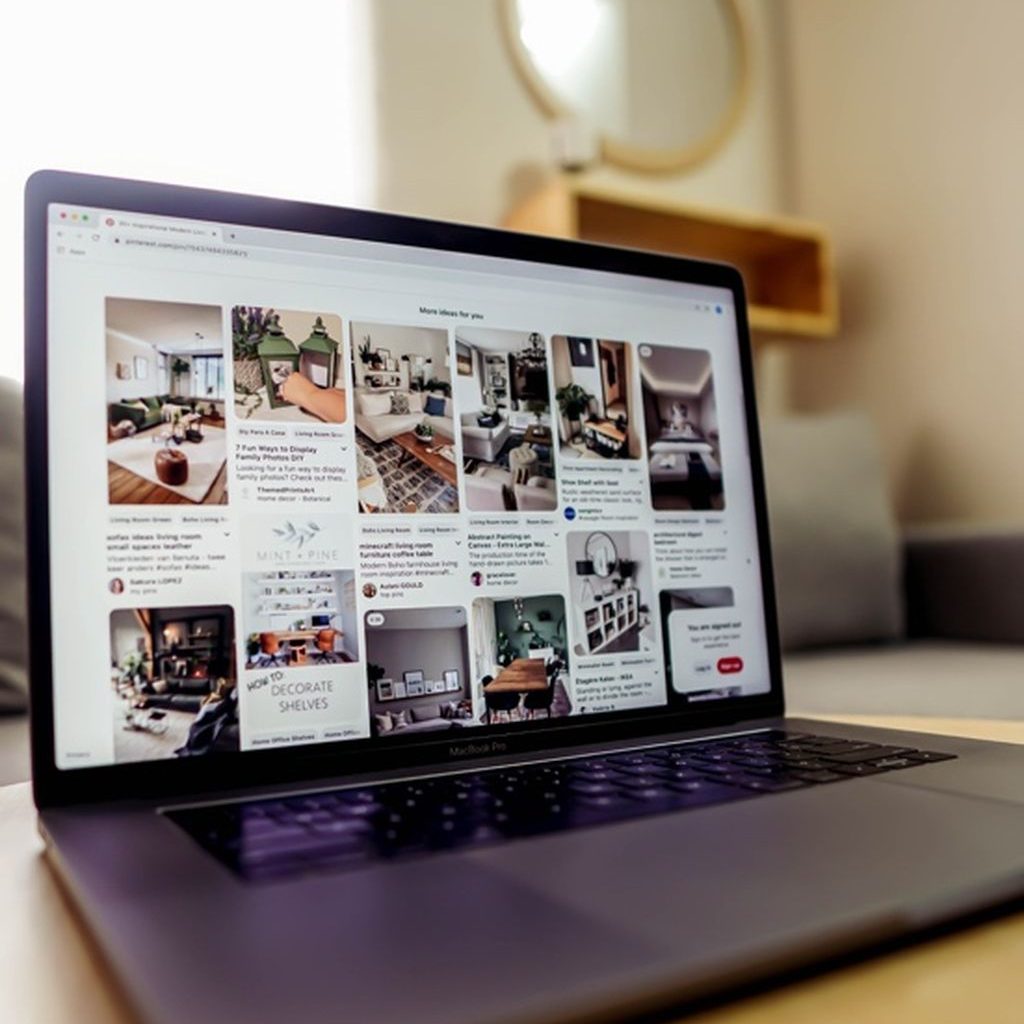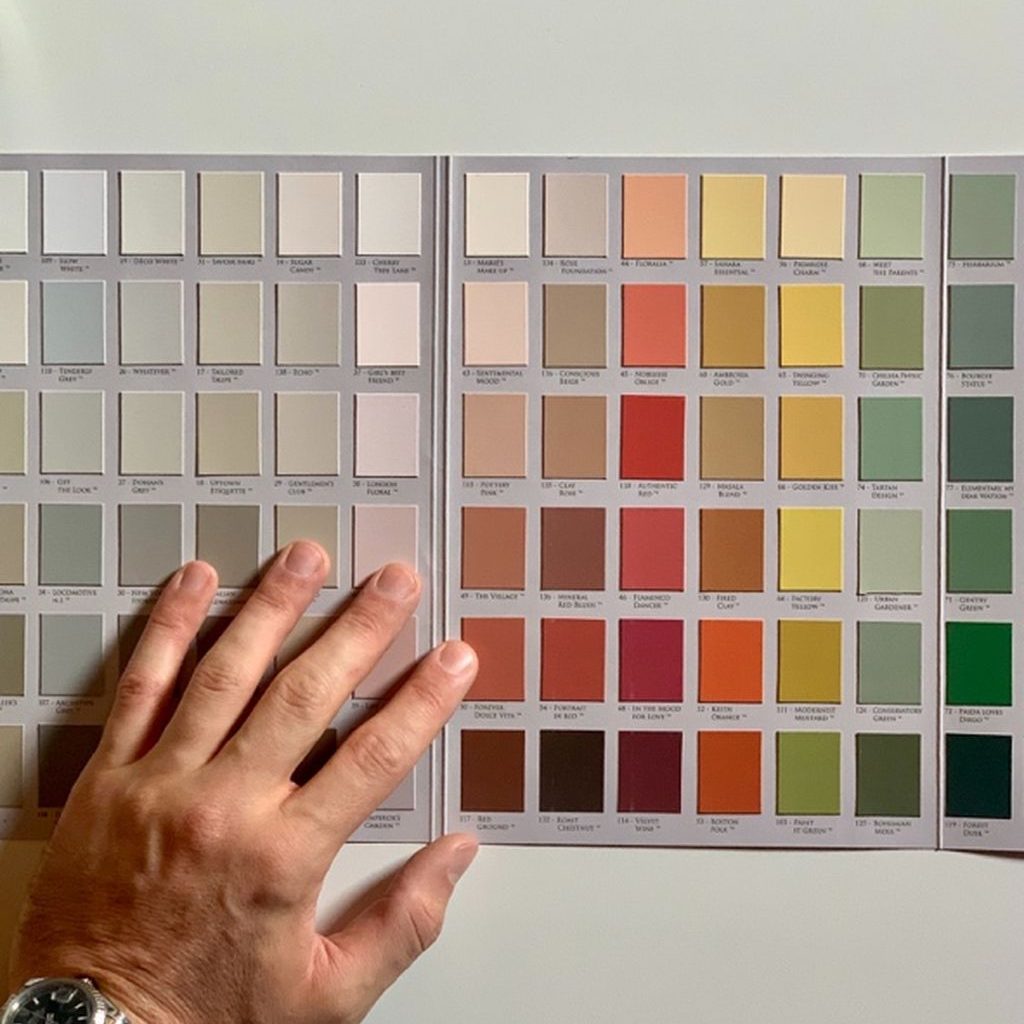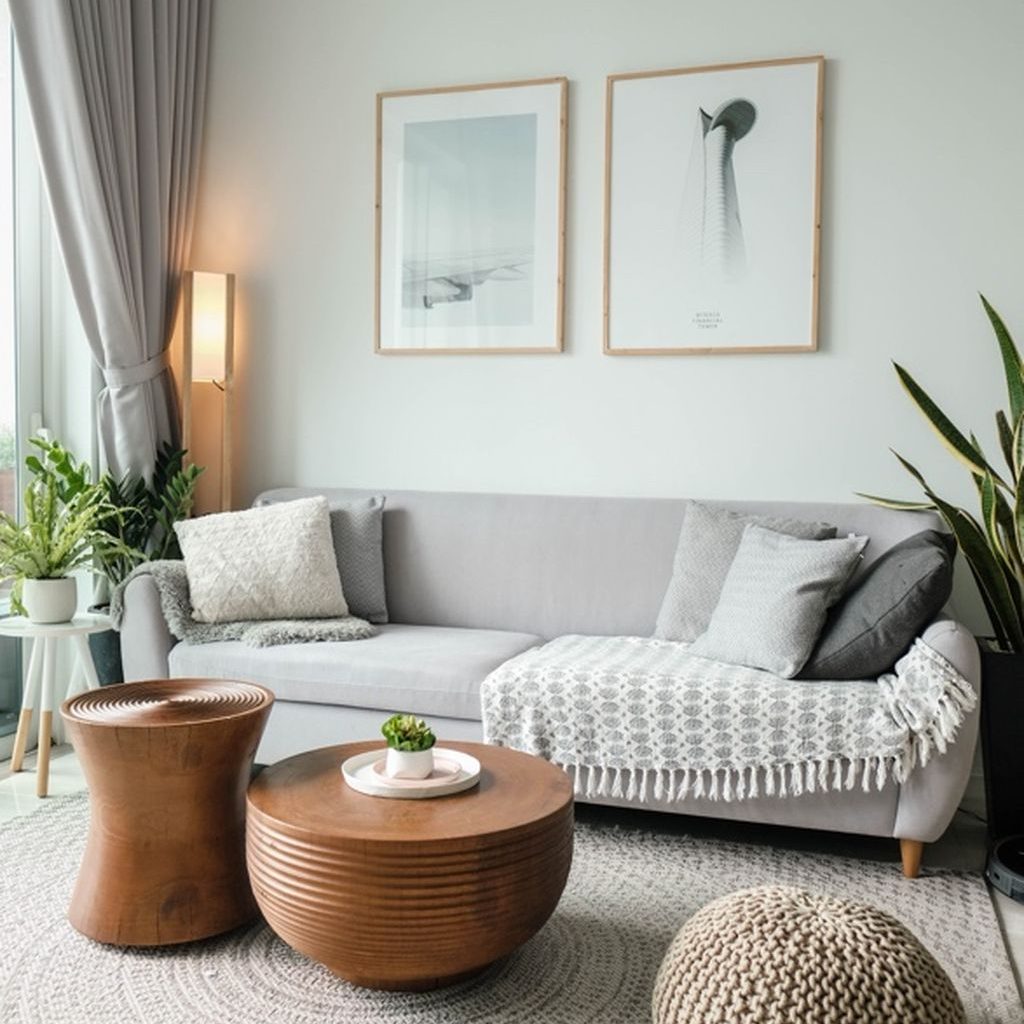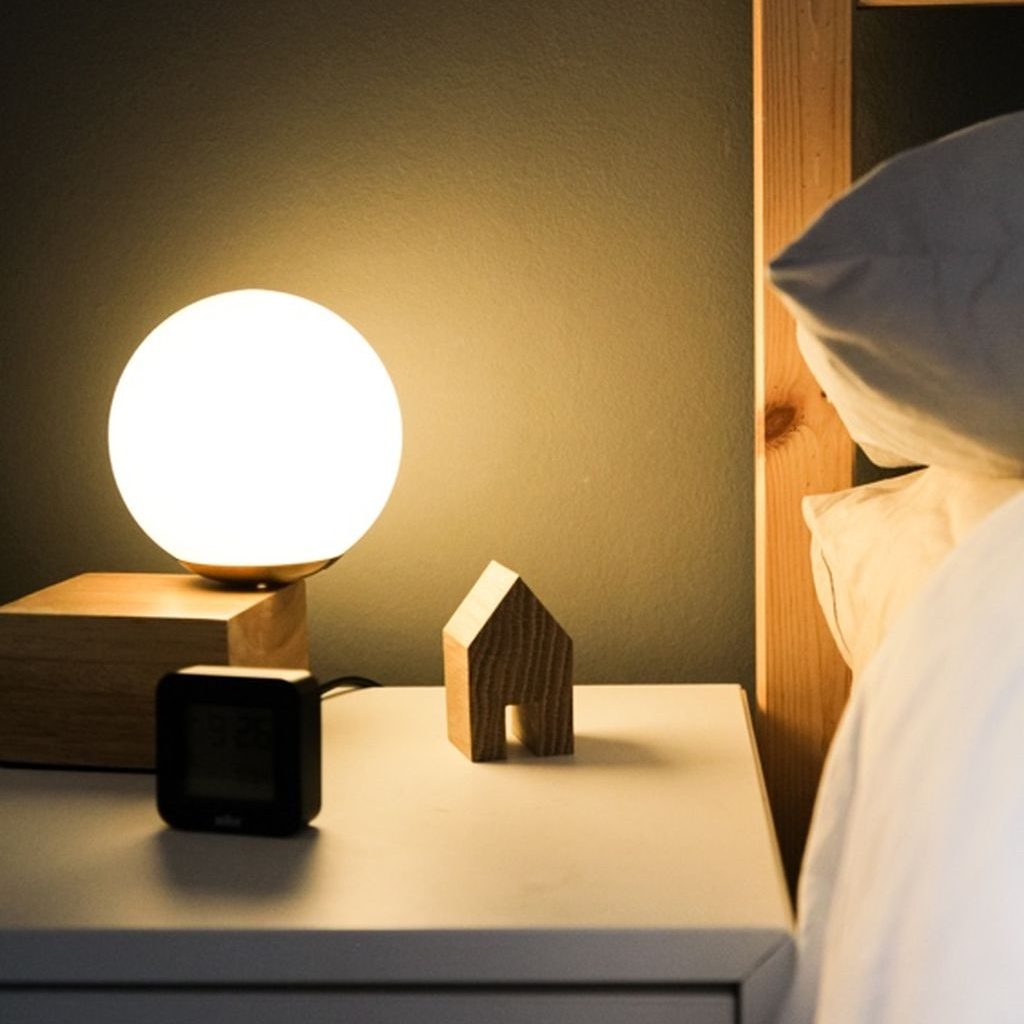If you feel tired of your space and want a refresh, it may be time to upgrade the interior design of your home. This can be a hefty process that requires significant commitment, so it’s important to follow some key steps to stay on track and achieve the results you’re looking for.
At 5blox, we love helping our clients transform their homes, and in this article, we will outline some actions you can take to upgrade your space, as well as the benefits a professional interior designer can bring to the project. Here’s how to get started.
1. Create an Inspiration Board
Whether you know the exact interior design style that you want to emulate, or you have no ideas about your design taste, it’s crucial to start with a set of visual references. By gathering pictures of spaces you love from online, social media, or magazines, you can begin to identify the characteristics shared by each space, including the layout of the rooms, the types of materials they use, and the colors they incorporate. Pinterest is an excellent source of inspiration, and often people will even tag the exact products in the image, making it even easier to find the pieces needed to create a similar look.

Photo credit: Fahim Reza
2. Establish a Color Scheme
Color sets the tone for any space, and choosing the right palette is an essential first decision to make in any interior design process or upgrade. The walls must be painted before any furniture is installed, so choosing that color is a priority. This can be challenging, however, and picking bold options can be even more intimidating. Ideally, you’ll want to choose colors that you can weave through multiple rooms in the house, so here are some tips you can follow when putting together your home’s color scheme and the specific details for each room:
- Consider the natural light in each room. If it’s a dark room, you may not choose to paint it a dark color unless you are aiming to create a super cozy, dimly lit space. Equally, bright rooms may need more muted tones so they don’t look too intense with direct sunlight.
- Consider the purpose of the room first. The colors you choose should serve that greater purpose. For example, you wouldn’t want to paint a bedroom neon colors, as it is meant to be a space of relaxation and calmness.
- Start with one neutral and two accent colors and build from that point. It will help you avoid getting too overwhelmed and give your process a flow to follow.
- Repeat each color somewhere in the house to create unity and consistency.
- When you have a shortlist of options, test out sample paint and wallpaper in the space to see how it looks.

Photo credit: Stefano Manzini
3. Rearrange The Furniture You Already Have
Sometimes it is possible to revamp your space with items you already own. This can be a budget-friendly option and truly displays the power of any room’s layout. Refer to your inspiration board to see how other people coordinate chairs, sofas, and tables to achieve a certain look and feel. Swap one of your living room chairs with the chair in your bedroom, move a dresser to the entrance space, or get rid of a few end tables to create a more open feel.
Attempting new layouts will show you all the options you have within a single room and allow you to adjust the levels of density, coziness, and spaciousness that you can play with in your home.

Photo credit: Minh Pham
4. Get Creative With Lighting
Lighting is key to establishing the mood and feel in any room. In many contemporary homes that have overhead or recessed lighting, we depend heavily on those light sources and forget to take the opportunity to create new atmospheres in our spaces with lamps and sconces.
Play with the height of your lighting, and place lamps on end tables or shelves to create glowing spaces high up, low down, behind plants, or in corners of the room.
Lighting can create zones that capture your attention when looking at a space. Depending too heavily on overhead light fixtures can make your room look washed over as everything falls under an equal spotlight.
Accent lighting has the power to draw your eyes away from areas of clutter and towards spots and moments where you want people to focus their attention.

Photo credit: Beazy
5. Declutter
As we go through life and constantly accumulate more items, our houses often become full of junk. Even if you aren’t looking to achieve a minimalist design style and want to pursue a maximalist feel, you will need to declutter to remove all of the unintentional items from your space.
Piles of paperwork, disorganized book stacks, and random knick knacks lying on every surface make a room look distracting, chaotic, and unintentional, which will make it hard for you to achieve the look you are after—whatever style it may be.
Take the time to clear out your space and rid yourself of unwanted items. It will give you both the physical and mental breathing room needed to start fresh with your styling choices.

Photo credit: Sarah Brown
6. Work With an Interior Designer
You can achieve a lot by redesigning yourself, but it’s not for everyone. Ultimately, working with an interior designer will allow you to access the skills of a professional who can guide your decisions and process to ensure you see the results you’re looking for. Not only that, but interior designers will help manage logistics and decision-making while keeping in mind the functionality and needs of the space to ensure you have a layout that best serves your needs.
Reach out to us at 5blox for your interior design consultation service or to seek remodeling advice.
